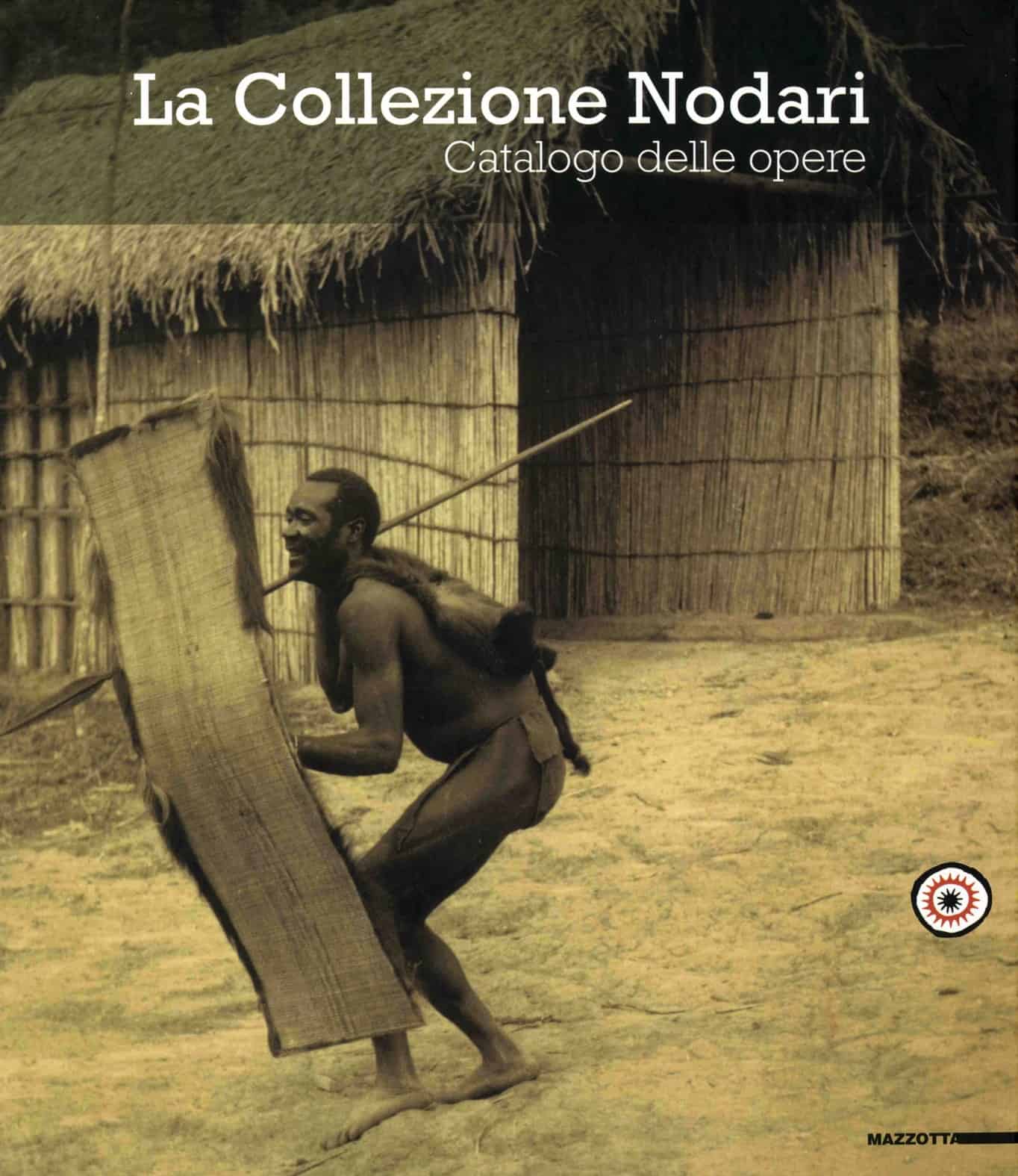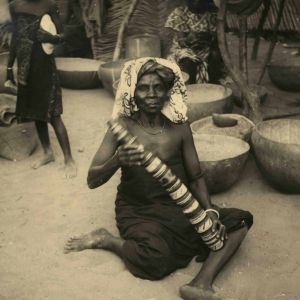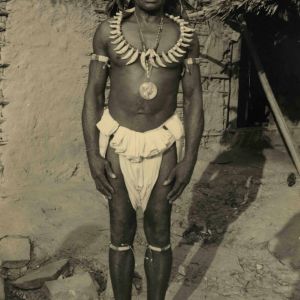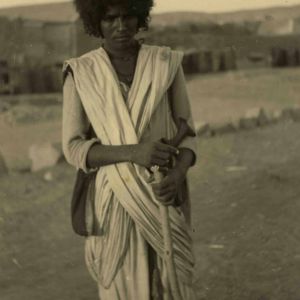CASTELGRANDE – BELLINZONA
The journey, extensively recounted and documented in the exhibition, is the one undertaken by Alfredo and Emma Nodari in August 1953, which lasted no less than nine months and aimed to reach the Belgian Congo on board a two-seater Chevrolet with the number plate ‘TI 11093’. Guided by an authentic but amateurish ethnographic passion, father and daughter set themselves the goal of the journey to document the cultural reality of the different African regions they passed through with written testimonies, photographs and films, and to interpret some of what seemed to them the deepest ‘mysteries’ of Africa. The exhibition route is conceived as a sort of “narration through words, images and objects” and unfolds within the two rooms of Castelgrande. The first space, which is intended to introduce and contextualise the Nodari Collection, allows the visitor, by means of paper documents, maps, travel diaries, letters and travel pictures taken by the Nodaris, to delve into worlds, times and cultures that are far removed from what he or she is accustomed to, thus enabling him or her to fully grasp the functions, meanings and values of the objects on display in the main room. The latter is traversed along its entire length by a central element on which some 250 works from the Nodari Collection are exhibited, divided into six sectors, corresponding to the cultural areas traversed by the Nodari during their travels. The works on display, which include valuable ceremonial cutting weapons and a significant selection of barks beaten and painted by pygmies, are accompanied by 21 black-and-white context photographs taken by Emma Nodari.

The temporary exhibition is accompanied by a series of educational activities and a cycle of four lectures. The educational activities for schools include differentiated themes for kindergarten and first grade (activity entitled ‘Discovering Africa’), for first and second grade (activity entitled ‘Let’s explore Africa with Emma’), for the second cycle of primary schools and the first two years of middle schools (activity entitled “Travelling through Emma’s Africa”), for the second two years of middle schools and for high schools (activity entitled “Africa between myth and reality” or guided tour of the exhibition or activity entitled “Emma’s adventure”)
Regarding the lecture series, four meetings will be held on 8th and 29th April and 6th and 20th May 2010 at 8.30 p.m. at the Bellinzona Cantonal Library. Speakers respectively will be Stefano Faravelli, Sandra Petrignani, Marco Aime, Jean-René Huleu and Marie-Odile Delacour.
The exhibition is the result of a cultural project of scientific research promoted not only by the Museo delle Culture, but also by the Archivio di Stato and the Biblioteca Cantonale di Bellinzona, the City of Bellinzona and Bellinzona Turismo.
This project, which lasted four years and was carried out in collaboration with the “Archivi Riuniti delle Donne Ticino” association, the Congregation of the Priests of the Sacred Heart (Dehoniani), Franklin College, Radio and Television of Italian Switzerland, the Hotel and Tourism School and the University of Applied Sciences of Italian Switzerland, was aimed at recovering the collection of works and the documentary collection gathered by Alfredo and Emma Nodari. It consists of 841 works of art and objects of material culture, two large riverboats, about 5,200 photographs, 51 documentary films and over sixty hours of sound recordings on cassette or tape, collected in the field, during a series of trips to Africa (especially in the Upper Congo) between the 1950s and 1980s.
The exhibition was realised with the support of PKB Privatbank AG, Swisslos, the City of Lugano, the Castelli Foundation of Bellinzona and the Pasquale Lucchini Foundation of Lugano.





